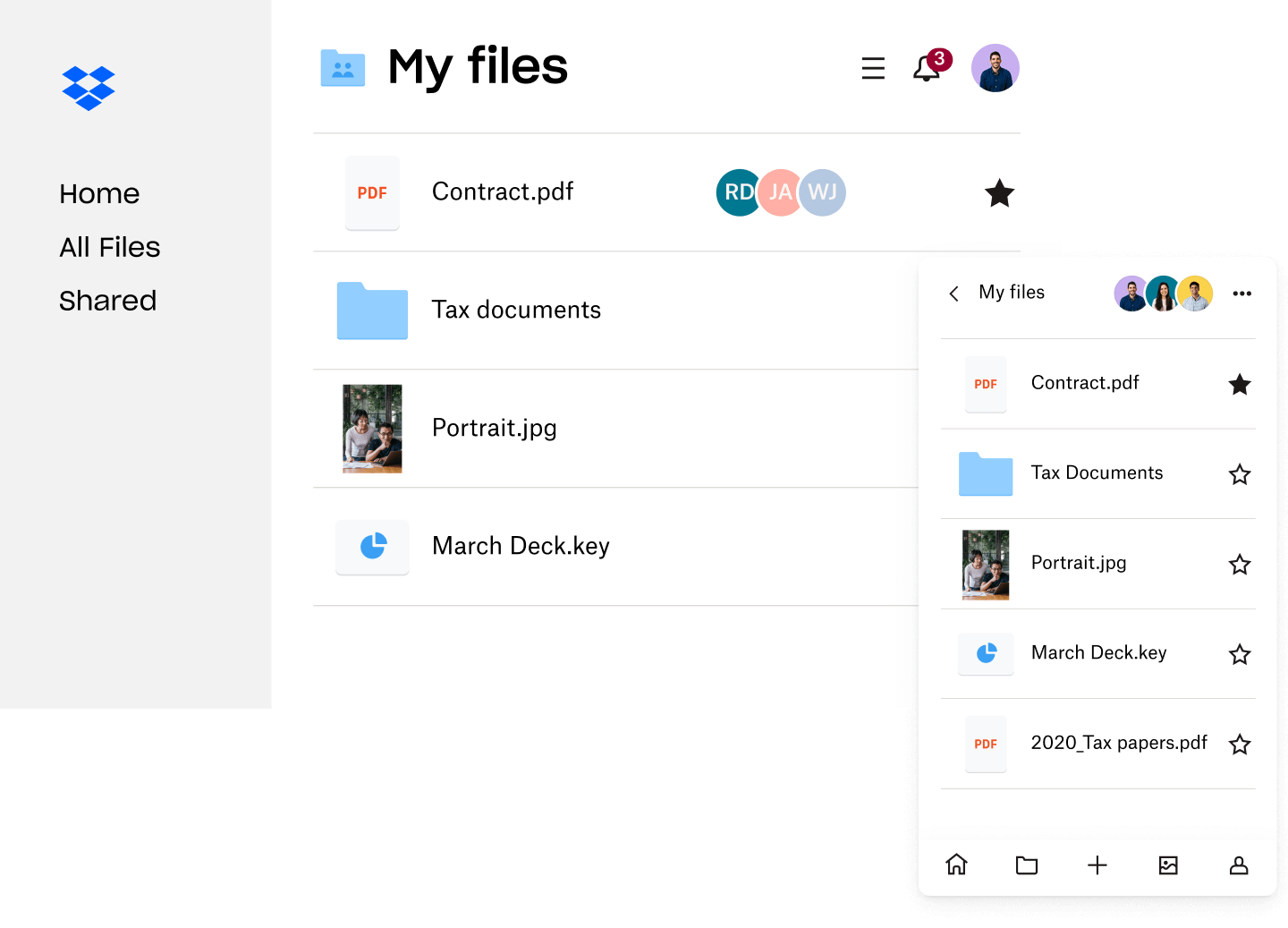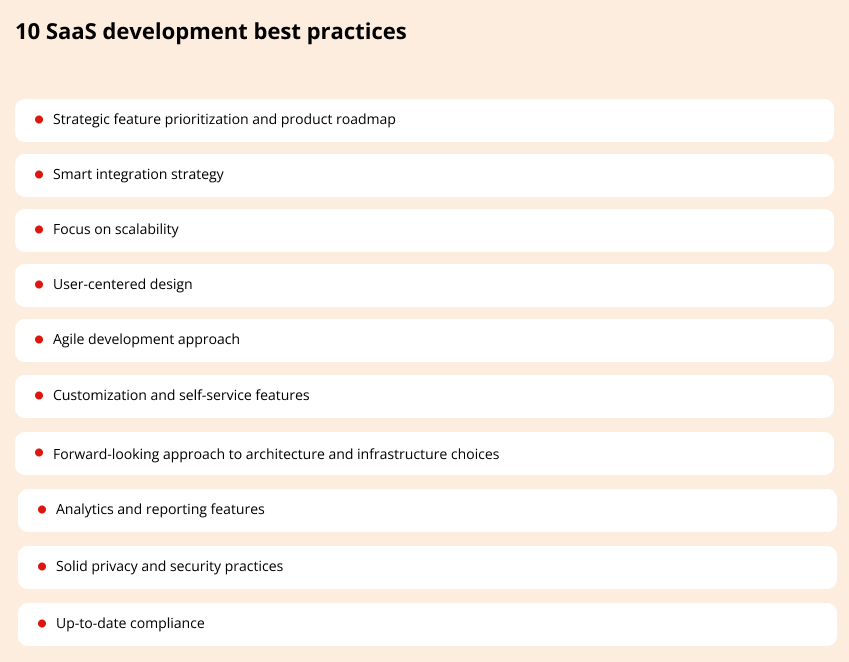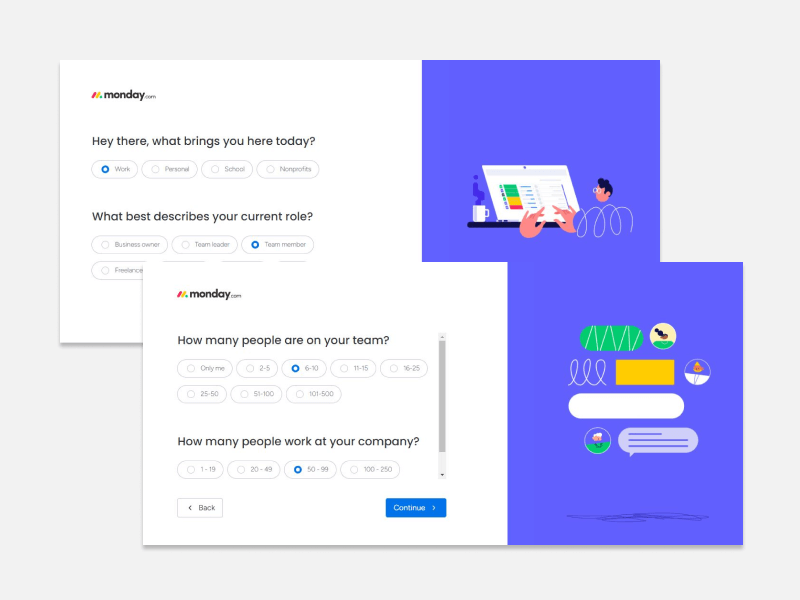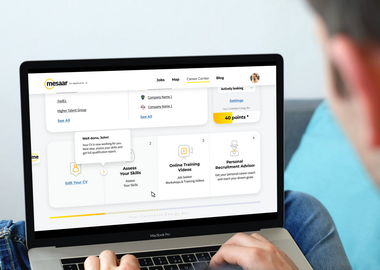Best Practices for Your SaaS Product Development
The SaaS market is a fierce battleground where simply doing things well isn’t enough to stand out. Following all the SaaS development best practices you can find is like searching for a “press to win” button in a pool of props. And yet, you need to tap into that experience to succeed.
Tired of generic advice and want to learn how to build a SaaS product that really hits the spot for each end-user segment? Join us as we delve into the ten best practices for SaaS development that make all the difference.
SaaS, or Software as a Service, is a business model where applications are hosted in the cloud, enabling users to access and use the software online. It has become a widely preferred method for distributing software, providing multiple advantages for business and customers. Common characteristics of SaaS include:
- Cloud. Most SaaS products are cloud-based, using versatile services for data management and leveraging cloud-native benefits such as flexible data storage, real-time analytics, enhanced data access, and more.
- Multitenancy. SaaS products often allow multiple users or “tenants” to share the same application while isolating their data and configurations in one place for efficient resource management and cost-effectiveness.
- Scalability. SaaS must be easily scaled to handle more users and user requests without performance issues, as well as power architectural decisions and project tech stack for cost-effective development.
- Subscription-based model. SaaS products are commonly acquired via subscription, where customers are charged a recurring fee for access to the software. This model creates continuous value due to the regular influx of subscription fees.
- Accessibility. SaaS is typically accessed via a web browser, so users don’t need to install and maintain software on their devices, making SaaS solutions highly appealing to both businesses and customers.
- Service-Level Agreements (SLAs). SLAs define the level of service that a SaaS provider guarantees to its clients, and only SaaS solutions equipped with solid infrastructure and data monitoring capabilities can meet strict SLA requirements.
- Security and compliance. SaaS products must follow high security and compliance standards to protect sensitive data and ensure regulatory compliance. On the other hand, the model also has the advantage of provider-maintained cybersecurity.
- Continuous evolution. SaaS is designed to constantly evolve in order to adapt to changing client needs through seamless integration of new features, dynamic support, and cost-efficient storage space purchase.
Some of the best practices for building SaaS are present in platforms such as Salesforce, Microsoft 365, and Dropbox, all of which demonstrate the effectiveness of the SaaS model in delivering value to users and businesses alike.

Example: Dropbox dashboard. Image credit: Dropbox.
Start with strategic feature prioritization and product roadmap
Investing in strategic feature prioritization and product roadmap is easily among the SaaS website best practices for successful development. Here’s how you can do it:
- Feature prioritization. Start by identifying the core features for the earliest version of your SaaS — only the functions essential for launching your product and getting customer feedback. This is how you build a SaaS MVP (Minimum Viable Product) to test the market grounds before treading on them full-force.
- Product roadmapping. A clearly defined product roadmap offers a broader view of your SaaS product’s growth. It lays out milestones and goals guiding its development over time and showing its evolution in phases. This roadmap helps keep you focused on your vision while remaining responsive to market changes.
- Iterative development. SaaS product iterative development allows more effective adaptation to user feedback and market changes. Releasing your product gradually and incorporating user feedback, make sure that each new feature adds value and meets evolving user needs.

Work on your integration strategy
Implementing a smart integration strategy is one of SaaS architecture best practices. By integrating with third-party services for standard tasks like content management or payment processing, you can add any functionality to your app cost-effectively, saving tons of resources compared to building new features from scratch. However, custom development may still be more suitable for unique functionalities that are central to your product’s competitive edge.
Focus on scalability
Scalability is a recurring keyword in the context of SaaS development and another excellent example of SaaS architecture best practices that you can implement. Scalability is a critical aspect that influences architecture, cloud services, frontend, and backend technologies and contributes to the best practices for SaaS application development.
Prioritizing scalability is a key consideration in SaaS application development, enabling developers to lay a strong foundation for the application and make sure they can handle increasing user loads without compromising performance or user experience.
Create user-centered design
Among all the SaaS best practices, creating a user-oriented SaaS design is the most essential for building a thriving product that meets its customers’ needs. Intuitive, engaging, easy-to-grasp design that users love translates into high adoption and retention, low churn rate, and a bigger revenue for a SaaS company. Here are the steps and tips to achieve it.
Create a simple and engaging user onboarding process
- Highlight key features during onboarding.
- Break down goals into manageable tasks.
- Provide contextual help and tooltips.
- Use interactive elements like progress bars.

Example: Interactive onboarding on monday.com. Image credit: monday.com.
Build an effective dashboard experience
- Keep it clean and prioritize key information.
- Allow users to personalize their dashboard.
- Confirm that it works fine on various devices.
- Collect customer feedback for improvements.
Provide intuitive navigation
- Define first-priority features and content.
- Use familiar layouts for easy navigation.
- Monitor heatmaps to analyze user journey for further improvements.
- Keep it fast and seamless.
Employ recognizable design patterns
- Work on consistent experience across the product.
- Apply consistent UI elements like buttons and forms.
- Establish a clear visual hierarchy.
- Test designs for usability and effectiveness.
Make the app highly accessible
- Stick with accessibility standards and rules of responsive design.
- Guarantee accessibility on all devices.
- Use contrasting colors and visual elements.
- Make content easy to read.
Add flexibility and customization
- Leverage modular design for easy scalability.
- Offer users various customization options.
- Implement user permission and personalization.
- Adjust for seamless integration with other services.
Embrace Agile development approach
Adopting an agile development approach is among the key principles in the SaaS product development process. Methodologies, such as Scrum or Kanban, allow you to adapt to evolving user needs and market demands quickly as they emphasize iterative development, frequent releases, and responsiveness to change.
Create a scalable high-performing SaaS
Engage an expert team to implement SaaS application development best practices and hit your product and business goals.
SAAS DEVELOPMENT SERVICESEnable customization and self-service features
One of the best practices for SaaS product development is allowing end users to tailor their experience. For instance, users can personalize their workspaces with customizable dashboards or templates, while self-service features like account management or report generation cut reliance on customer support.
Select sustainable SaaS architecture and infrastructure strategy
The choice of architecture and infrastructure will affect nearly every aspect of your product, including how easily and cost-effectively it can scale and migrate to new technologies. One of the key SaaS application architecture best practices is to build a sustainable architecture that fits your scalability, flexibility, and maintainability requirements without inflating support and infrastructure costs. It should be able to accommodate your business needs and growth goals.
Starting with a monolithic application that is fast and cost-effective to build, test, and deploy is a common approach for many MVP projects. However, once the application gets too big and complex to scale and support, many SaaS companies decide to break down the application into smaller services and migrate to modular SaaS microservices architecture. It provides better flexibility and a cost-effective approach to scaling individual services, works well with the cloud, and supports effective deployment practices.
Implement analytics and reporting features
Tools like user tracking and data visualization offer valuable insights into behavior of your target audience, allowing you to make informed, data-driven decisions. On top of that, reporting features allow for custom reports and metric sharing. By incorporating these elements, you make your product fully equipped to provide actionable insights for both your team and your clients.
Pay attention to privacy and security
Implementing practices like data encryption, secure authentication mechanisms, and regular security audits helps protect sensitive user information. You can reinforce this protection further with advanced multi-factor authentication, user permissions, and a single sign-on option.
Keep regulatory compliance up-to-date
The importance of perfecting the security of your SaaS and staying compliant with relevant regulations cannot be overstated. This involves regularly monitoring and updating your product to adhere to changes in laws and industry standards. Following regulations like HIPAA, GDPR, or CCPA (depending on your operational location and local laws) is essential for protecting user data and avoiding any legal repercussions.
Keeping regulatory compliance up-to-date is one of the SaaS website best practices to guarantee that your product meets the necessary standards for data security and user protection.
If you are having trouble keeping up with all SaaS best practices and looking for a reliable tech partner to bring a quality product to the market, we can help.
Digiteum is a custom software development and IT consulting company with a decade-long presence in the industry. We cover all aspects of SaaS application development, including business analysis, software architecture, design, development, and testing, as well as project management. We help our clients, successful global SaaS, including Lodgify, Mercans, Diflexmo, Diaceutics, and Applixure, develop and scale their products while keeping focus on budget and market growth. Among our recent projects are:
- Team augmentation for a leading travel tech SaaS that helped the company meet the growing workload, successfully migrate to microservices improving the scalability, reliability, and flexibility of their system, and implement integrations with major travel agencies to expand market reach. Learn about this success story here…
- Development of a SaaS for precision medicine in record time with a UK diagnostic data company by augmenting their tech team with 13+ senior specialists and implementing the project in a very agile and product driven manner. Learn about this success story here…
- Implementation of a modular scalable design and design system for a suite of SaaS solutions for a global payroll and HR company with focus on user-centered design principles, consistent user experience and scalability across online services. Learn about this success story here…
Start your SaaS project with an expert team
Access SaaS development expertise and scalable development resources to meet your SaaS goals.
HIRE SAAS DEVELOPERSWrap-up
The practices we discussed here will help you figure out how exactly you can lead your SaaS product toward ultimate success. The most important thing is to experiment and try different approaches to craft a product that truly meets and exceeds expectations.
Stay flexible, stay tuned to your customers’ needs, and, above all, stay innovative. With these SaaS best practices in your toolkit, your product can carve its path in a crowded market, capturing both hearts and a market share.







